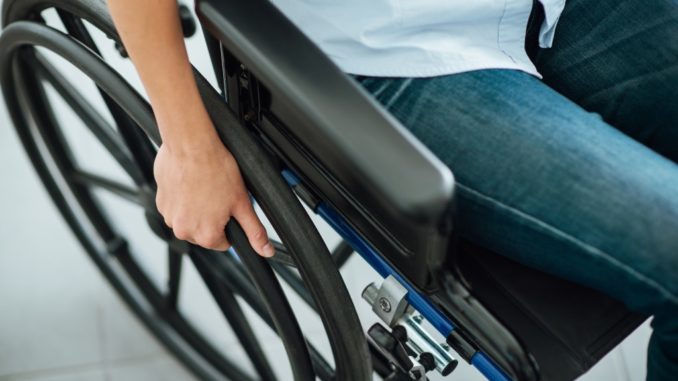
Persons with disabilities are people with certain conditions that inhibit their movement, thinking, and sensing skills. They have problems participating in the everyday activities of the society. These PWDs are entitled to various rights and privileges to cope up with their needs. According to the World Health Organization statistics, over 15% of the world’s population has a form of disability. People who have functional issues are about 2 to 4%. The acceptance and inclusivity of these individuals have been increasingly encouraged until today. There are more organizations and government policies which support and assist the needs of these PWDs. Currently, the progress of environmental-friendly places and people are better than decades ago. It is widely acknowledged these people must also be given and provided an environment in which they can perform with minimum to maximum help.
Unfortunately, there are still some places around the world which are less accommodating or are still learning how to give their aid to these individuals. Barriers are the obstacles and problems that they encounter that minimizes their involvement in society. Here are some examples of the barriers experienced by persons with disabilities:
1. Communication
This barrier is a hindrance faced by PWDs who have problems socializing and understanding the spoken and written words. These are people who have visual or hearing impairments. In some cases, people with visual impairment looks at small printed materials, and they cannot read it clearly because of the size. Some individuals need to have Braille to be able to read. Having hearing problems is also a barrier since sign language is their way of communicating. Not everyone knows how to interpret using this system. One way to handle their obstacles in socializing is by using Braille in public areas like train stations, elevators, and restaurant menu. It is a helpful tool for them to work on their own without needing to ask other people all the time. It is also useful to use subtitles and caption for people with hearing impairment for them to read and understand the visual material.
2. Physical

This barrier is the lack of physical exposure of the PWDs like problems in the structure of buildings. This happens when they cannot access specific areas like higher floors due to the lack of equipment. At home, it is vital to keep all areas of reachable and user-friendly. In Salt Lake City Utah, the installation of a home elevator is recommended by the experts create more accessible transportation and movement of these individuals. Malls and public facilities must also have this apparatus to make it easier to travel. Having ramps beside stairs is also essential for these people.
3. Attitudinal
This barrier is the discrimination of other people towards PWDs. It causes a stigma which is not healthy for a progressing society. When other people who lack acceptance and respect look down on these individuals, attitudinal barriers occur. It must be handled and managed by thoroughly advocating for their welfare. A sense of awareness must be taught to prevent this from happening. The government’s job is to create laws to protect these people.
Since there are many PWDs in the community, people should build an accepting and respecting society where everyone is treated equally. No one should be left behind! Include everyone with or without disabilities.
